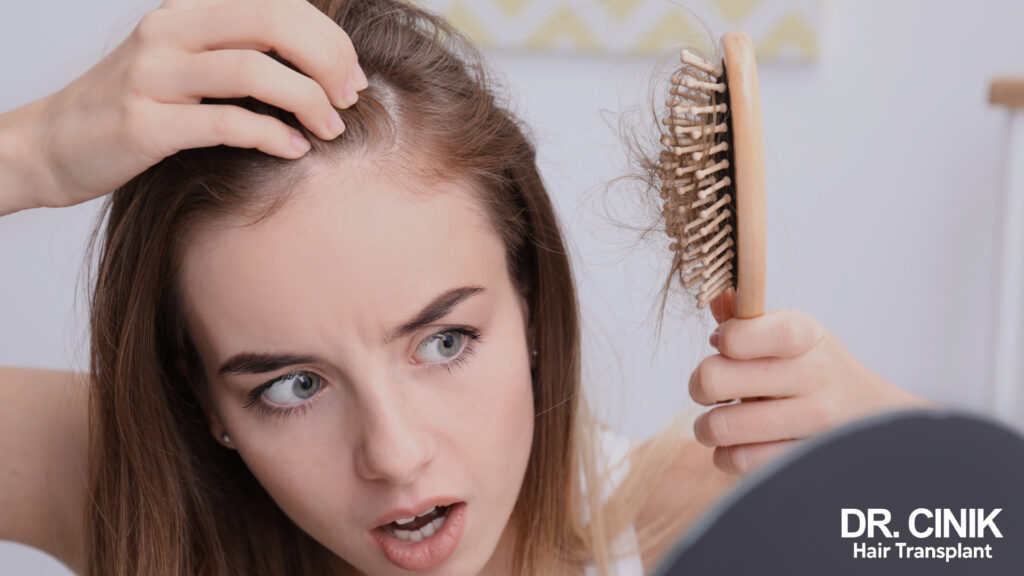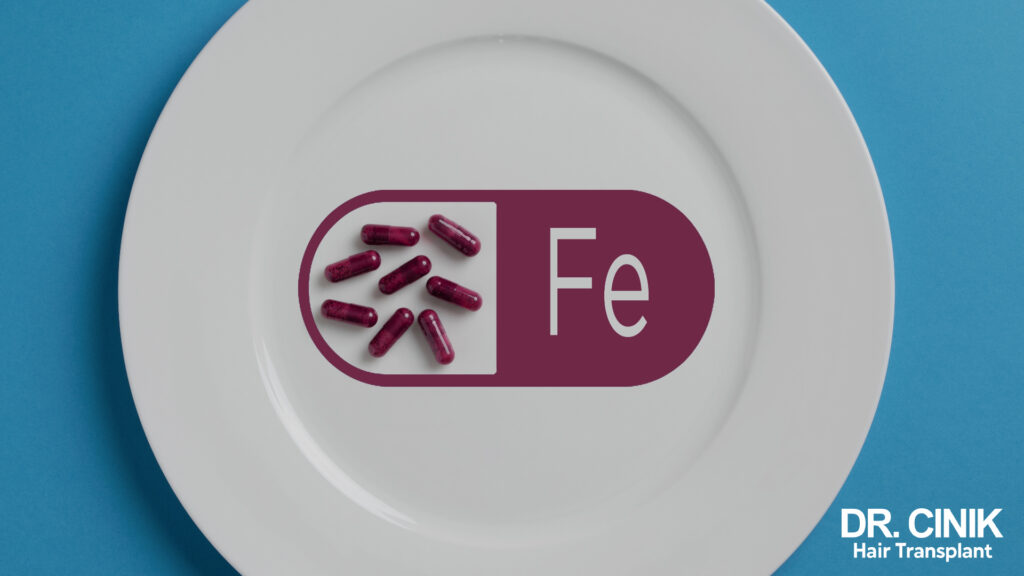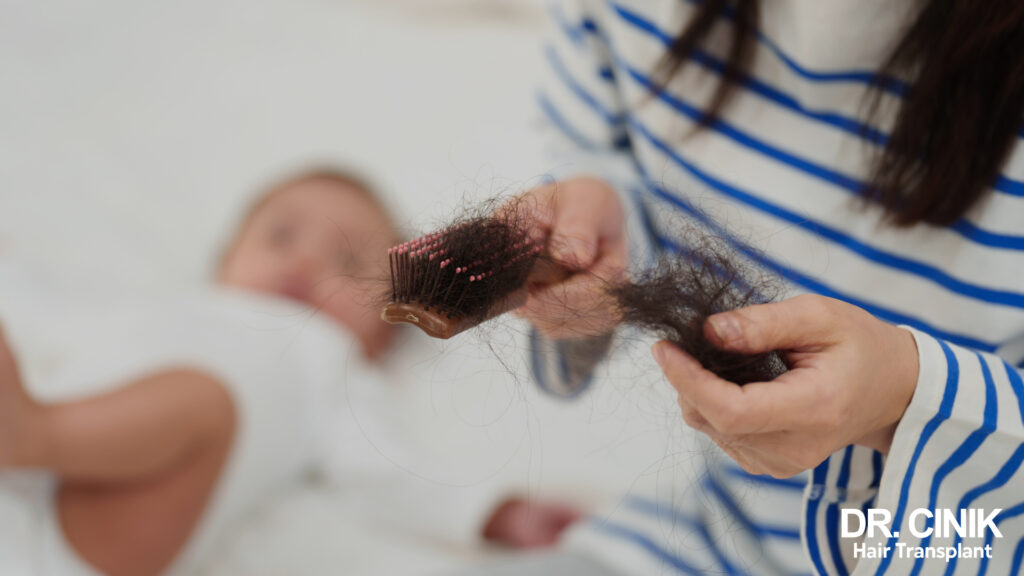Seborrheic Dermatitis and Hair Transplant: All Our Tips

Summary
Seborrheic dermatitis is a chronic skin condition that primarily affects the scalp. Due to the inflammation and flaking it causes it can be rather concerning for those considering a hair transplant. How does seborrheic dermatitis affect hair growth? Might it compromise the success of a hair transplant? What precautions should one take before and after a procedure? Here’s everything you need to know about seborrheic dermatitis and how to optimise the results of your hair transplant.
What is seborrheic dermatitis?
Seborrheic dermatitis is a chronic inflammatory condition of the skin that mainly affects areas rich in sebaceous glands, including the scalp (Tucker & Masood, 2024). It’s characterised by the presence of red, scaly, oily patches, sometimes accompanied by intense itching.
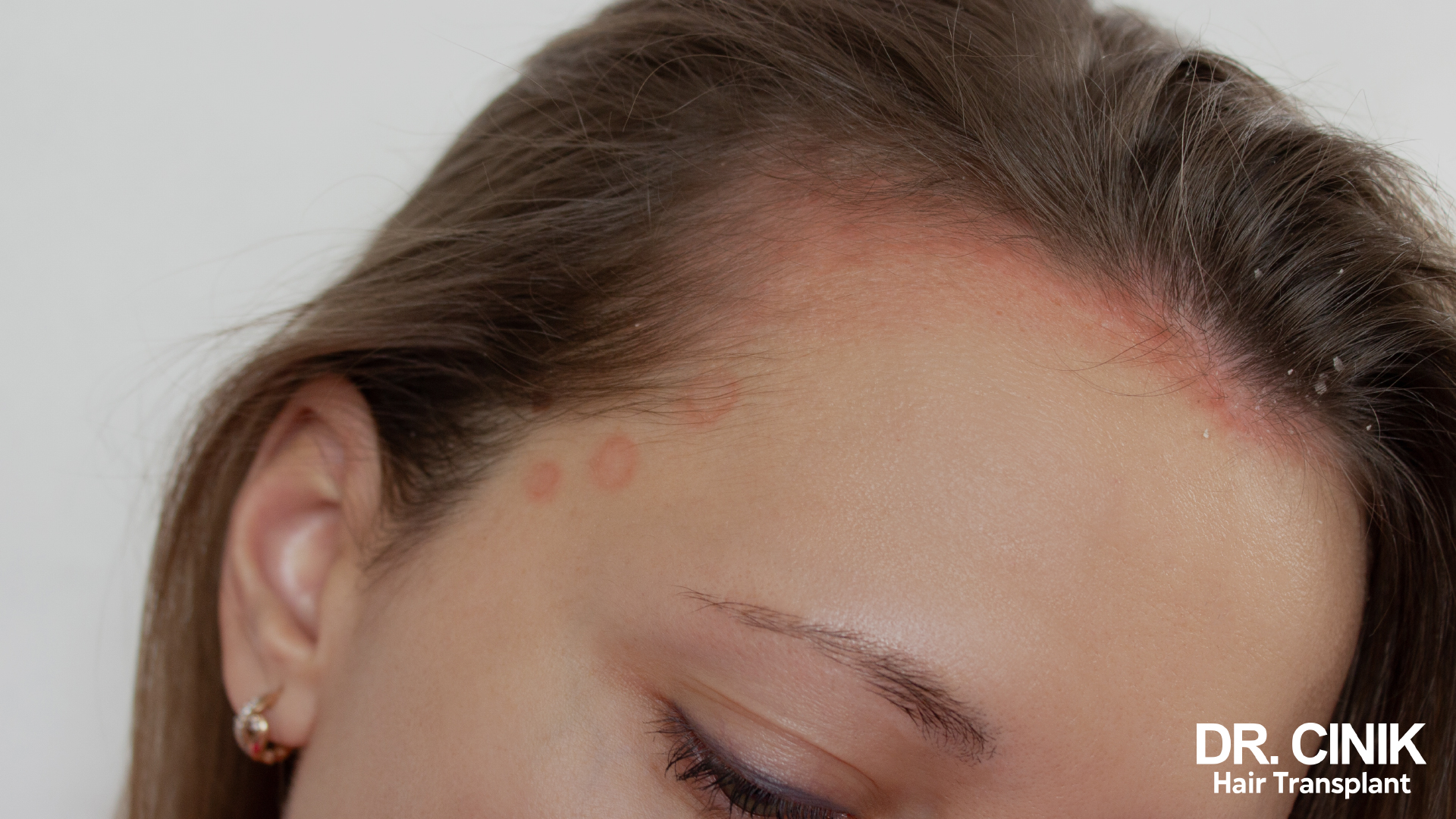
Seborrheic dermatitis can manifest in varying degrees of severity, ranging from mild dandruff to quite significant patches that can affect the quality of life of those suffering from it (Borda & Wikramanayake, 2016). This condition affects approximately 5% of the world’s population, although its non-inflammatory variant, dandruff, affects nearly 50% of adults (Borda & Wikramanayake, 2016).
Good to know: It can be confused with other conditions such as psoriasis or eczema. Thick, scaly patches characterise psoriasis, often well-demarcated, whilst eczema causes redness, intense itching and sometimes oozing. Unlike seborrheic dermatitis, these conditions aren’t caused by yeast but by specific inflammatory reactions of the immune system (Tucker & Masood, 2024).
What causes seborrheic dermatitis?
The precise causes of seborrheic dermatitis aren’t fully understood, but several factors seem to play a role:
- Excess sebum production: overproduction of sebum promotes the proliferation of certain yeasts, creating an environment conducive to skin inflammation (Borda & Wikramanayake, 2016).
- Presence of the fungus Malassezia: this yeast naturally present on the skin can become pathogenic when there’s a disruption in the skin microbiota. Its interaction with sebum leads to an excessive inflammatory reaction, causing the characteristic symptoms of dermatitis (Tucker & Masood, 2024). The yeast Malassezia has lipase activity that hydrolyses human sebum triglycerides and releases unsaturated fatty acids such as oleic acid and arachidonic acid, which disrupt keratinocyte differentiation (Borda & Wikramanayake, 2016).
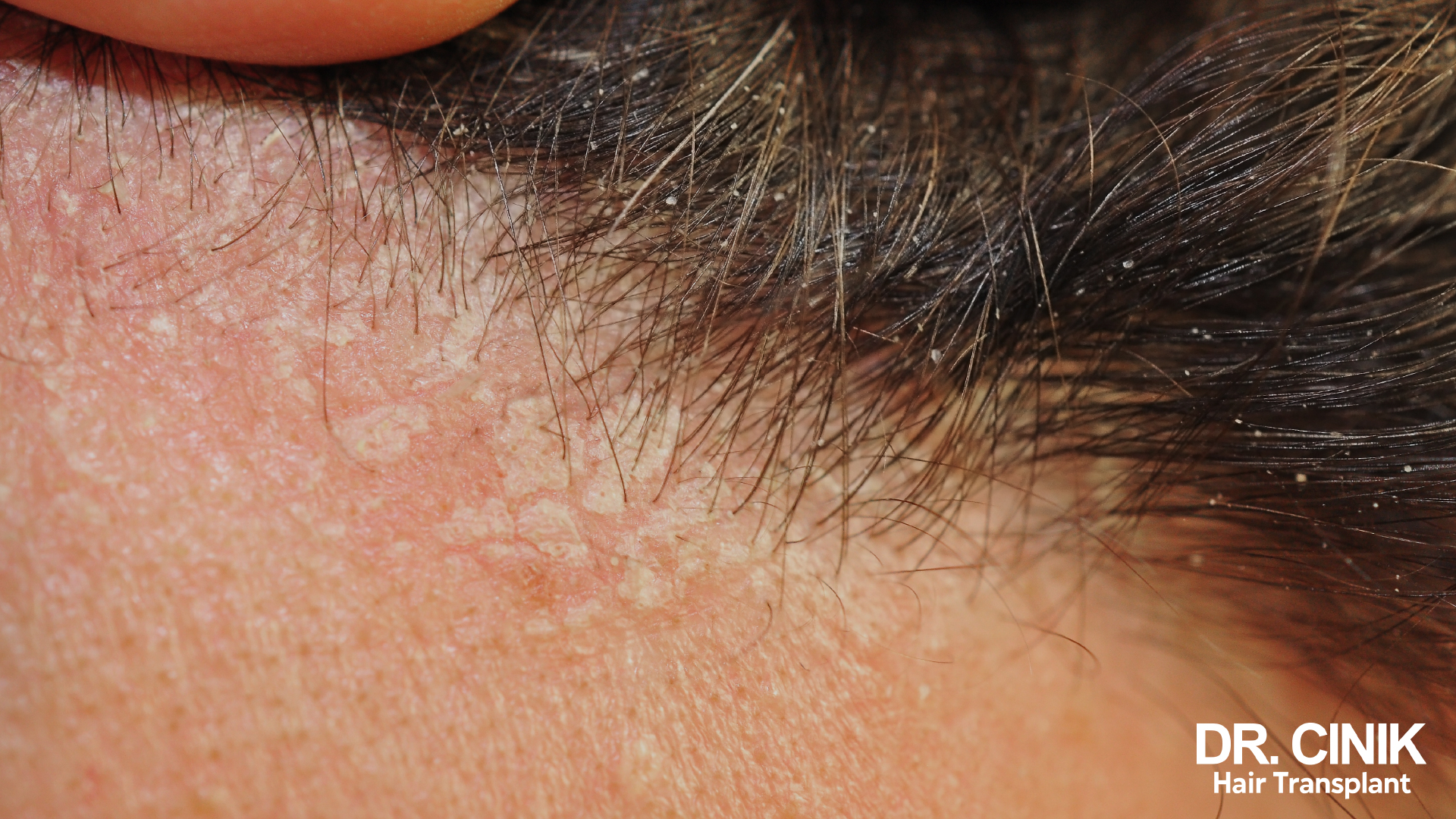
- Genetic factors: A hereditary predisposition may increase the risk of developing this condition, with some individuals having increased sensitivity to Malassezia yeast activity. Recent studies in animal models and humans have identified dominant and recessive hereditary forms of seborrheic dermatitis (Borda & Wikramanayake, 2016).
- Stress and fatigue: These are often mentioned as triggers or aggravating factors during flare-ups. Increased stress can affect hormonal and immune balance, promoting symptoms’ onset (Tucker & Masood, 2024).
- Climate conditions: cold and humidity can promote the onset of symptoms, whilst a warm and dry climate can sometimes alleviate them. Winter is often a particularly challenging period for people with seborrheic dermatitis (Borda & Wikramanayake, 2016).
The combination of these different factors makes seborrheic dermatitis quite difficult to completely prevent, but proper management can reduce the frequency and intensity of flare-ups.
How to treat seborrheic dermatitis?
The management of seborrheic dermatitis requires a personalised approach adapted to the severity of the symptoms and the affected areas. Therapeutic strategies mainly aim to alleviate the visible manifestations of the condition, whilst providing relief from the itching and redness that accompany it.
- For mild forms of the condition, treatment without medication may be sufficient. Regular use of specially formulated shampoos is the first line of defence. These products, enriched with active components such as selenium or zinc pyrithione, act effectively on the symptoms (Tucker & Masood, 2024). From a preventive perspective, the consultant dermatologist can supplement this treatment by prescribing antifungal shampoos, which are particularly effective in preventing recurrences.
- In cases of moderate to severe seborrheic dermatitis, treatment may require the use of topical corticosteroids. Although these medicines are effective, their use must be monitored due to potential side effects, including the risk of skin atrophy, telangiectasias and hypopigmentation with prolonged use (Borda & Wikramanayake, 2016).
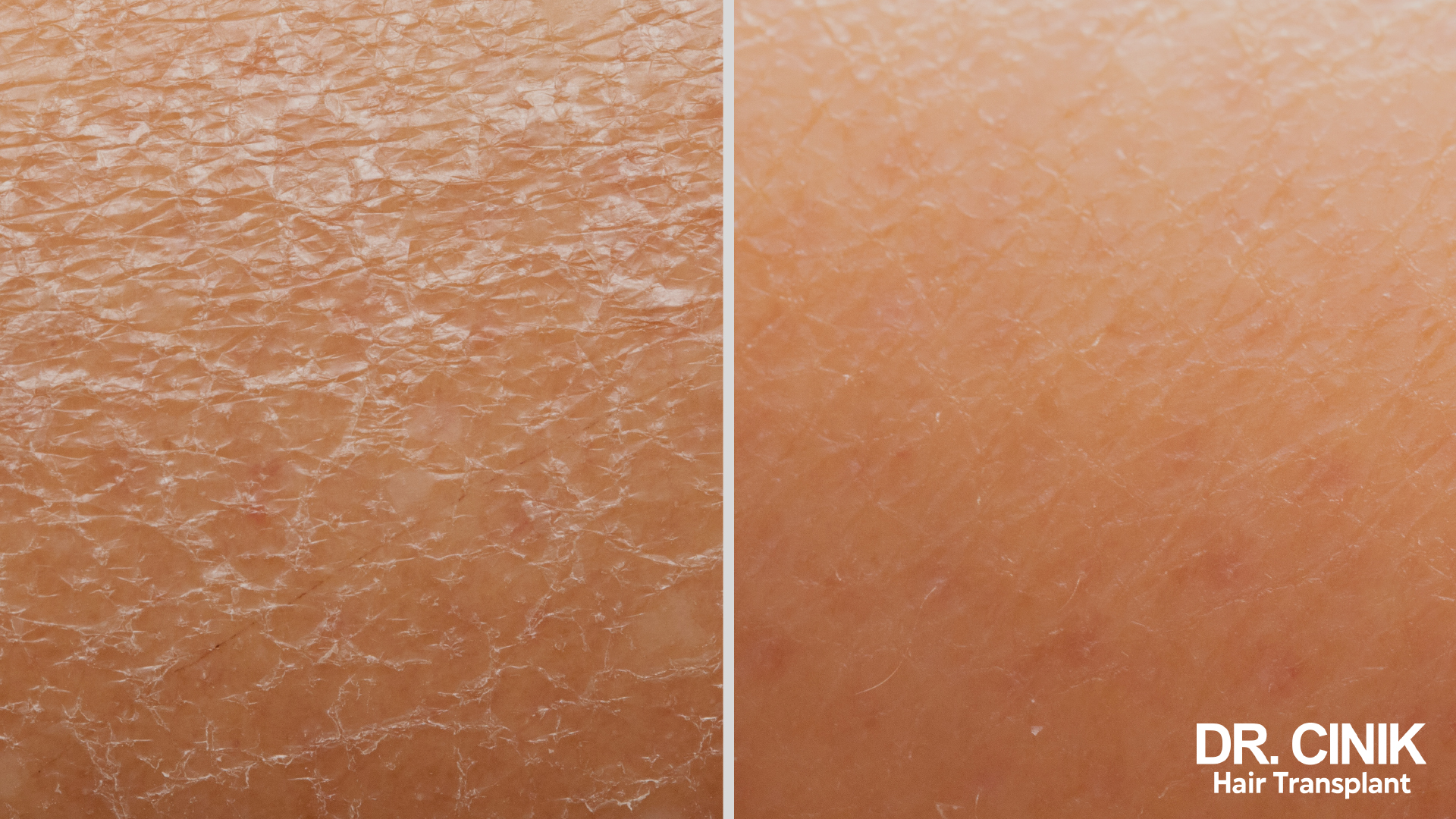
Successful treatment also depends on the adoption of good daily hygiene practices. It’s recommended to wash with warm water rather than hot water, using gentle cleansing products, without harsh soap. Thorough rinsing followed by gentle drying is essential.
Good to know: Styling and cosmetic products containing alcohol should be avoided, as they can exacerbate symptoms and compromise the effectiveness of the treatment.
Does hair grow back after seborrheic dermatitis?
Seborrheic dermatitis doesn’t directly cause irreversible hair loss. However, prolonged inflammation can weaken the hair follicles and lead to temporary hair loss, making the hair finer and fragile. When dermatitis is treated effectively, hair typically grows back normally. However, if it worsens and becomes chronic, it can alter the quality of the scalp and slow down regrowth.
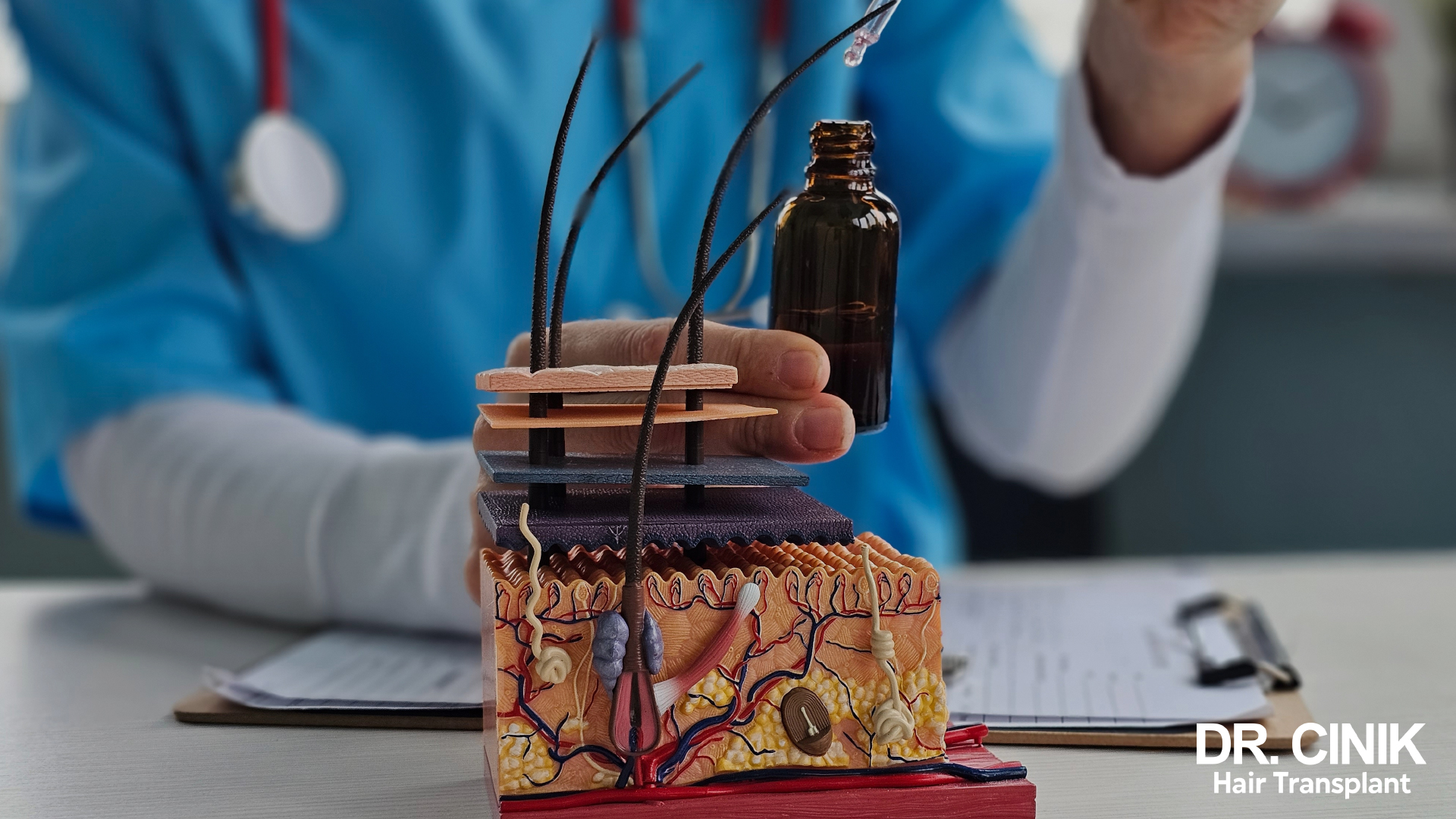
How does seborrheic dermatitis impact hair transplantation?
Seborrheic dermatitis can have a significant impact on the success of a hair transplant, due to the chronic inflammation it causes on the scalp.
An irritated and inflamed scalp is less conducive to graft implantation and healing. Indeed, when the skin is in a state of constant inflammation, blood circulation can be impaired, which affects the supply of nutrients essential for the survival of the transplanted follicles. In addition, the excess sebum, characteristic of this condition, can clog the hair follicles, increasing the risk of rejection or failure of the graft.
Another problematic consequence is the increased risk of post-operative infection. Skin already compromised by seborrheic dermatitis may be more vulnerable to bacterial or fungal infections, delaying healing and compromising the results of the transplant (Tucker & Masood, 2024).
Moreover, healing itself may be slower on a scalp suffering from active inflammation, which lengthens the recovery time and can lead to more uneven regrowth of grafts.
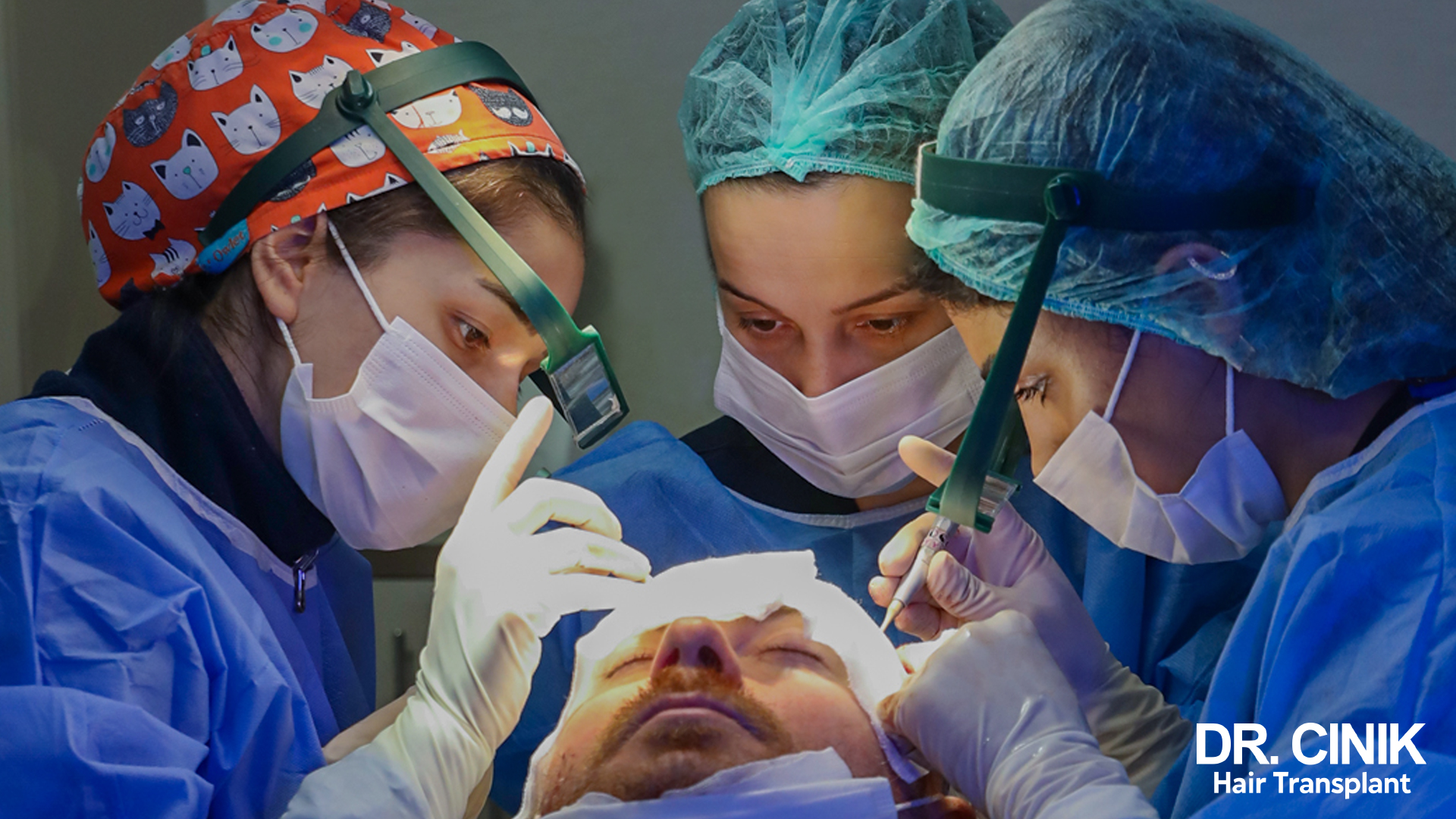
Hair transplant: what precautions should be taken?
Before undergoing a hair transplant, a preventative treatment is strongly recommended in order to stabilise the condition of the scalp. The application of antifungal and anti-inflammatory shampoos helps reduce excess sebum and soothe inflammation. A consultation with a dermatologist is essential to assess the severity of the dermatitis and tailor the treatment accordingly.
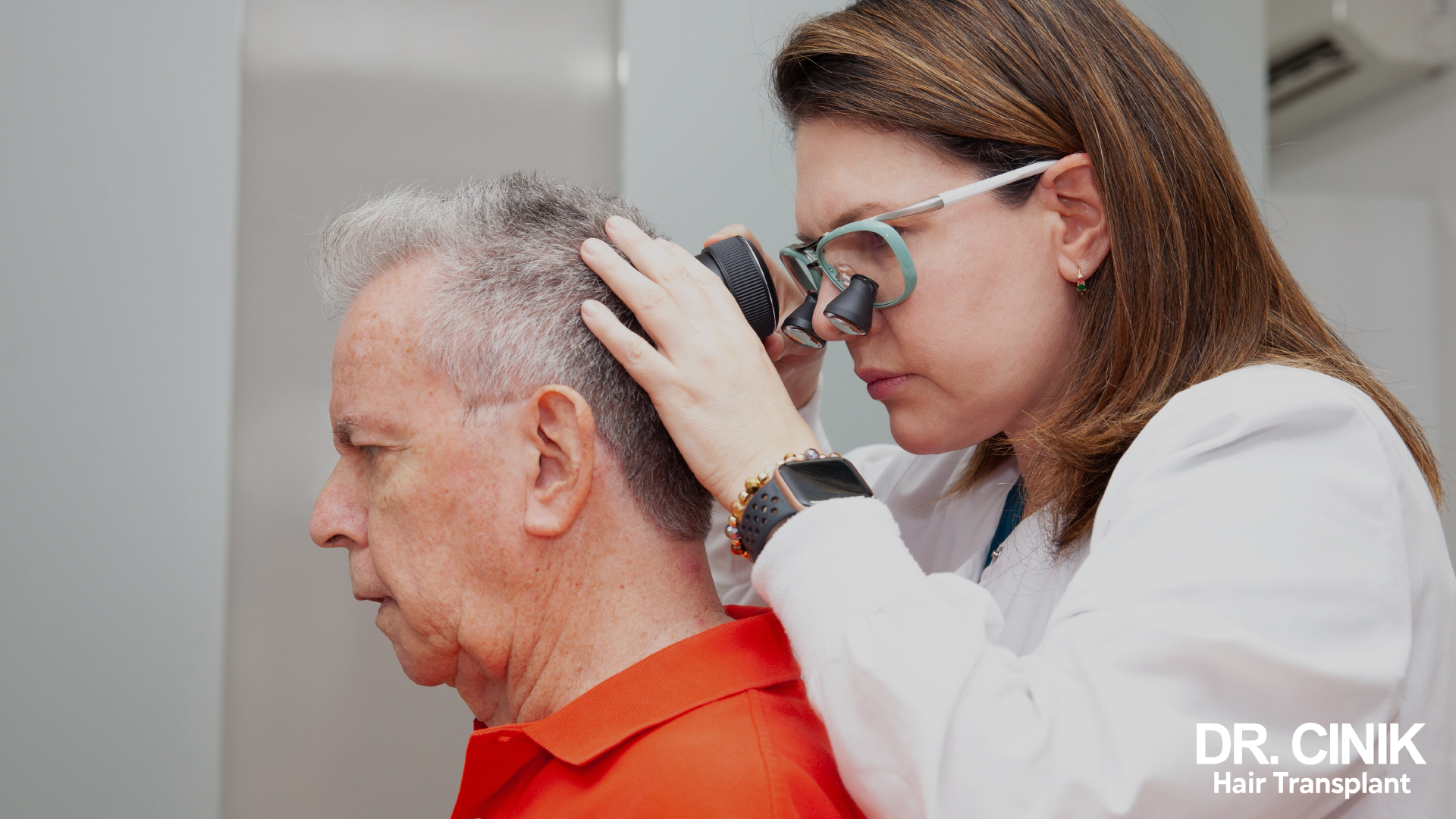
Hair transplant and seborrheic dermatitis: what are the post-operative recommendations?
The success of a hair transplant depends largely on the scrupulous adherence to post-operative advice. The period following the operation requires special attention and rigorous discipline in the application of the prescribed care. Post-operative treatments must be applied precisely, scrupulously respecting the dosages and frequency recommended by the surgeon.

The gradual resumption of hair care is also a fundamental aspect of the recovery process. The patient must follow a precise schedule established by their surgeon, indicating the appropriate times to start washing their hair again, using specific products, and resuming their usual styling routines. This gradual progression ensures optimal healing and good graft take.
Careful monitoring of the transplanted area is essential to detect any signs of inflammation or infection early. The patient should be particularly vigilant for abnormal redness, persistent swelling, unusual itching or any sensation of excessive heat.
How to optimise the results of your hair transplant?
Selecting an experienced professional is crucial to the success of the procedure.
Dr. Emrah Cinik is recognised as one of the most renowned surgeons in the field of hair transplantation. Dr. Cinik’s clinic stands out for its personalised approach, offering each patient a bespoke treatment plan.
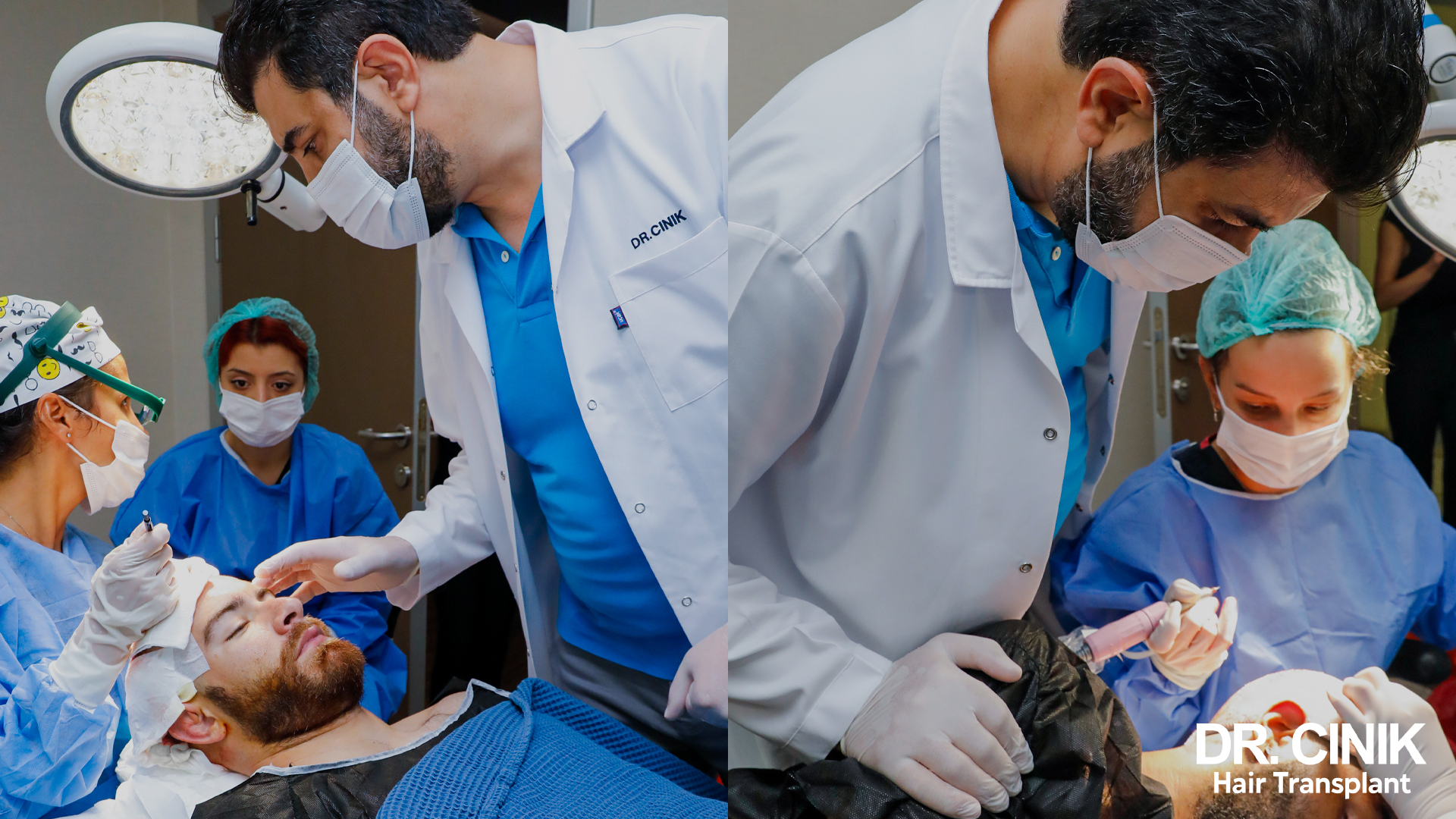
Rigorous post-operative follow-up and support throughout the recovery process guarantee optimal results. The clinic’s reputation for its natural and long-lasting results makes it a leading choice for patients seeking a high-quality hair transplant.
Seborrheic Dermatitis and Hair Transplant: What to Remember
- Seborrheic dermatitis must be stabilised and under control before considering a hair transplant. Appropriate treatment and dermatological monitoring are essential to prepare for the procedure.
- The success of the transplant strongly depends on compliance with post-operative care. Do scrupulously follow your surgeon’s recommendations regarding treatments and scalp hygiene.
- Choosing an experienced surgeon, such as Dr. Cinik, is crucial to ensure care adapted to your condition and to obtain the best possible results.
Sources
Borda, L. J., & Wikramanayake, T. C. (2016). Seborrheic Dermatitis and Dandruff: A Comprehensive Review. Journal of Clinical and Investigative Dermatology, 3(2). https://doi.org/10.13188/2373-1044.1000019
Tucker, D., & Masood, S. (2024). Seborrheic Dermatitis. In StatPearls. StatPearls Publishing. https://www.ncbi.nlm.nih.gov/books/NBK551707/

